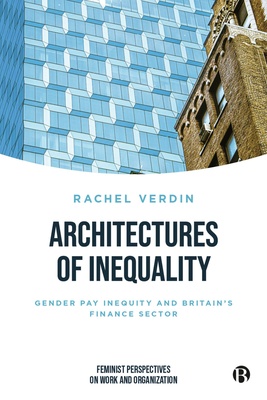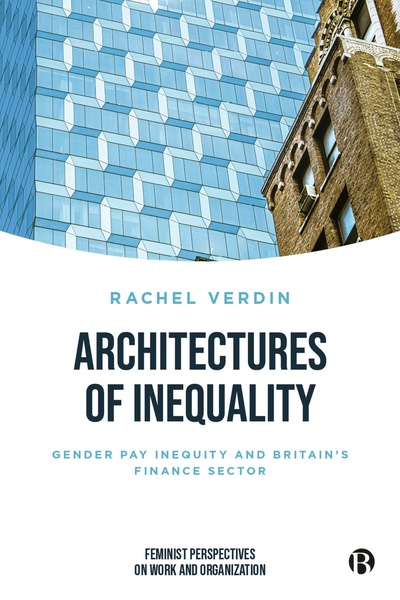Published
Jun 24, 2024Page count
214 pagesBrowse the series
Feminist Perspectives on Work and OrganizationISBN
978-1529245080Dimensions
234 x 156 mmImprint
Bristol University PressPublished
Jun 24, 2024Page count
214 pagesBrowse the series
Feminist Perspectives on Work and OrganizationISBN
978-1529241129Dimensions
234 x 156 mmImprint
Bristol University PressAvailable open access digitally under CC-BY-NC-ND licence.
The gender pay gap is economically irrational and yet stubbornly persistent.
Focusing on the UK finance industry which is known for its gender pay disparity, this book explores the initiatives to fix gendered inequities in the workplace. Rachel Verdin crafts a unique framework, weaving extensive organizational data with women's lived experiences. Interviews uncover gaps in pay transparency, obstacles hindering workplace policies and the factors that are stalling progress for the future.
This is an invaluable resource that offers key insights into gender equality and EDI measures shaped by legal regulations as well as corporate-driven initiatives.
"Drawing from an impressive array of research data, this is a compelling analysis of the problem of pay equality in the finance sector. It will be a go-to text for gender equality scholars and practitioners." Hazel Conley, University of the West of England
Rachel Verdin is Research Fellow at the University of Sussex Business School.
1. Laying the Architectural Foundations
2. Regulating Equal Pay in Britain: 1970–2010
3. Regulating Equal Pay in Britain: The Equality Act 2010 and Beyond
4. Evaluating the Gender Pay Reporting Regulations
5. Pay Practices and Inequalities
6. Career Paths, Care Responsibilities and Contingent Choices
7. Organisational Norms, HRM and the Gap Between Policy and Practice
8. Contradictions of Transparency














